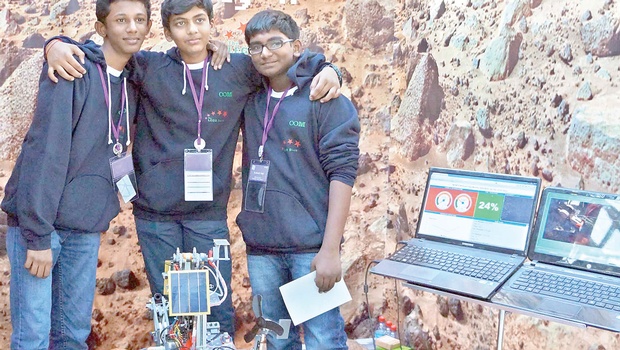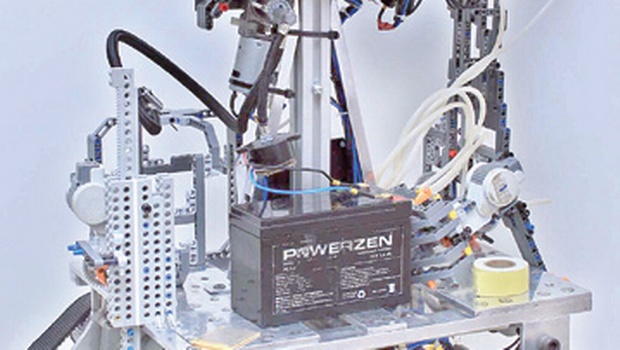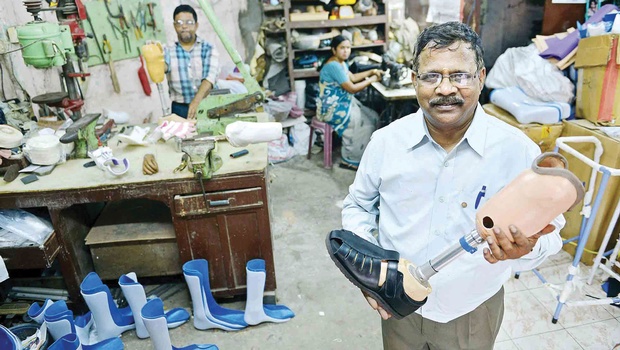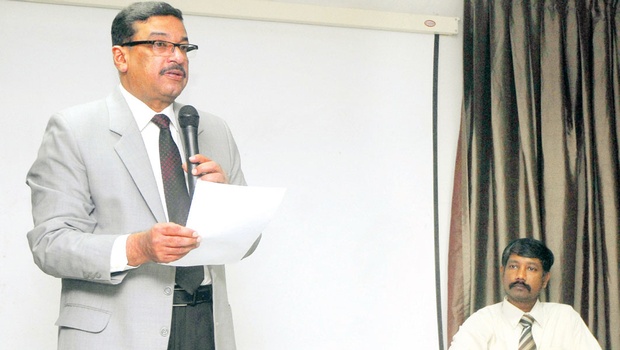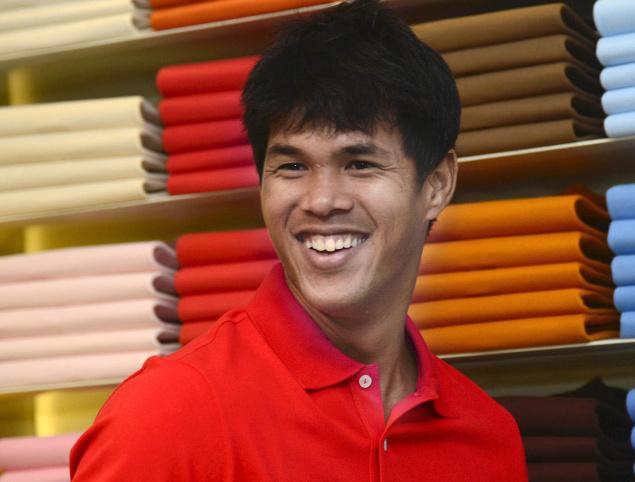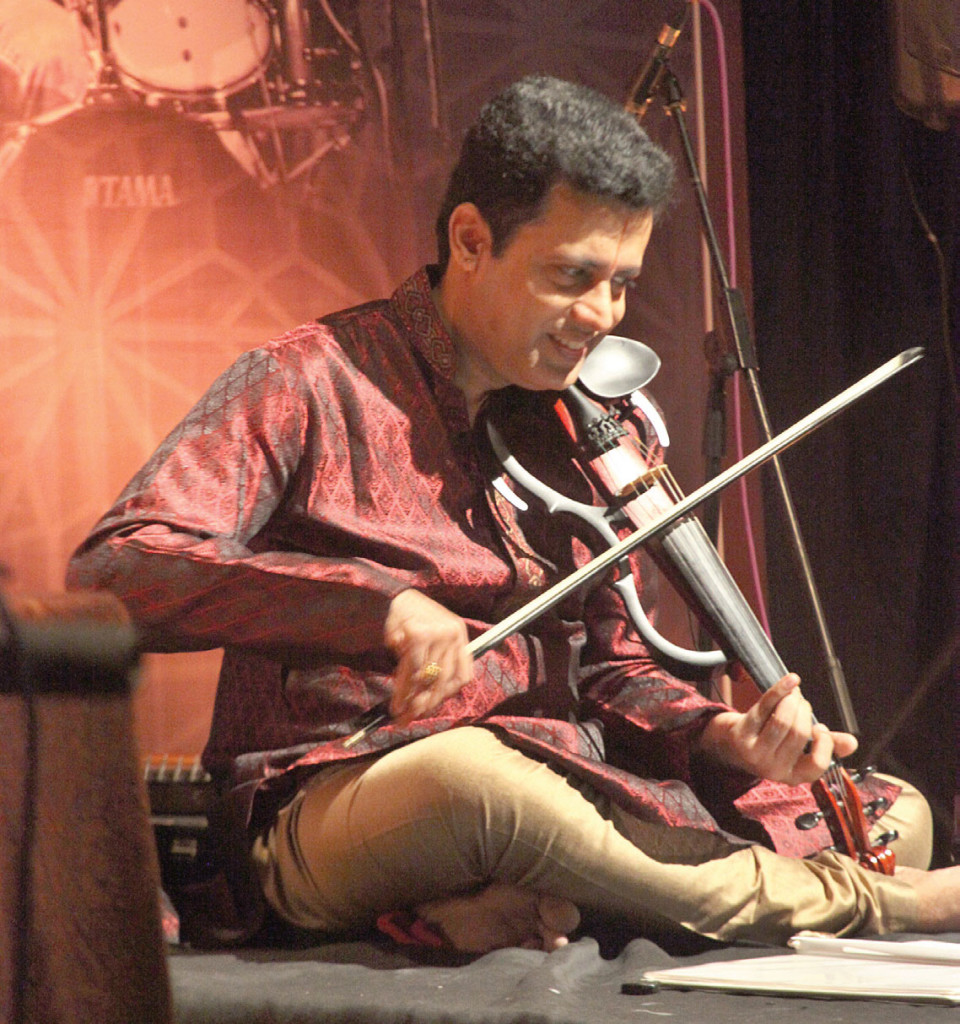They look nothing like Harrison Ford. One is a professional archaeologist who is more than 70 years old and the other a shippie-cum-blogger who is more comfortable doing painstaking background work than with the limelight.But, in terms of real life impact their work is as thrilling as and probably more productive than Indiana Jones ever was in the movies. Through their websites, plunderedpast.in and poetryinstone.in, they have tried to create a record of artefact thefts and done their bit in tracking them down in museums and private collections across the world. Kirit Mankodi and Vijaykumar Sundaresan have also come up with crucia information that has helped to beef up the case against art thief Subhash Kapoor lodged in jail and undergoing trial.
Mankodi’s passion for retrieving stolen treasures started in the late 1990s when he accompanied a team of archaeologists who went on an excavation in Rajasthan. The team found three ancient sculptures dating back to 9th century .
The site was cleared and the sculptures were displayed with a signboard. But a couple of years later they disappeared from the site. “The big sculpture among the three was the first to be stolen. A year later another one went missing and soon after the last one too vanished. I wrote to the concerned authorities but that was of no use. Then I decided to do some thing of my own to prevent illicit smug gling of antiques from our country and that’s why it all began,” said Mankodi, who is a senior archaeologist. Vijay who grew up in awe of the thousands of grand temples across Tamil Nadu was also concerned about antique idols being stolen from unguarded tem ples. By reading books, visiting temples and connecting with a larger group of heritage enthusiasts over the internet, he started to piece together information.He started feeding this information from the background to investigative agencies for two years but he found that did not help. “It was then I decided to come out and go to the press. I had to open up because there was no point being a silent informer,” he says.
By working through a network of heritage enthusiasts including among the global Indian diaspora, Vijay has been able to unearth crucial information in the Subhash Kapoor case. One such was a print catalogue belonging to Subhash Kapoor’s Art of the Past gallery in New York that helped him to connect the statue of Uma in Singapore’s Asian Civilizations Museum he had seen many years back with the one in grainy photographs published by the Tamil Nadu police’s Idol Wing as having been stolen from Ariyalur.
Poetryinstone.in documents missing artefacts and explains to the otherwise flitting online reader the value of Indian heritage. Reach Foundation’s citation lauds Vijay for his efforts not just in educating people about missing temple icons but also for explaining to the layman in simple terms the complex craft of iconography and temple art.
The recent return of a Nataraja idol from Australia is only the beginning and many , many more stolen statues are in museums across the world including in Australia, say Kirit and Vijay . Among the work of Mankodi is the sourcing of the sandstone Bharhut Yakshi – at $15 million the most expensive item in Kapoor’s loot catalogue – still with US authorities. Mankodi was able to trace it to a shrine in Madhya Pradesh (South Pole, April 29) following which Indian officials in the US got in touch with him asking for supporting evidence. Mankodi says indications from US and Indian officials are that the Yakshi would return, sooner or later.
Email us your with full name and address to southpole.toi@timesgroup.com
source: http://www.timesofindia.indiatimes.com / The Times of India / Home> City> Chennai / by Debayan Tewari & M T Saju, TNN / December 08th, 2014
